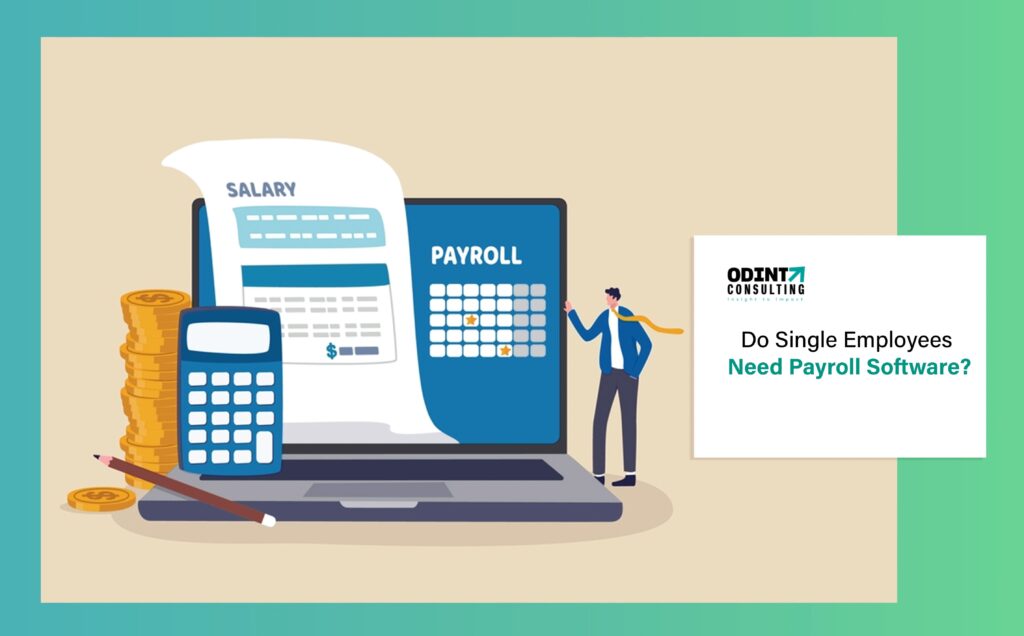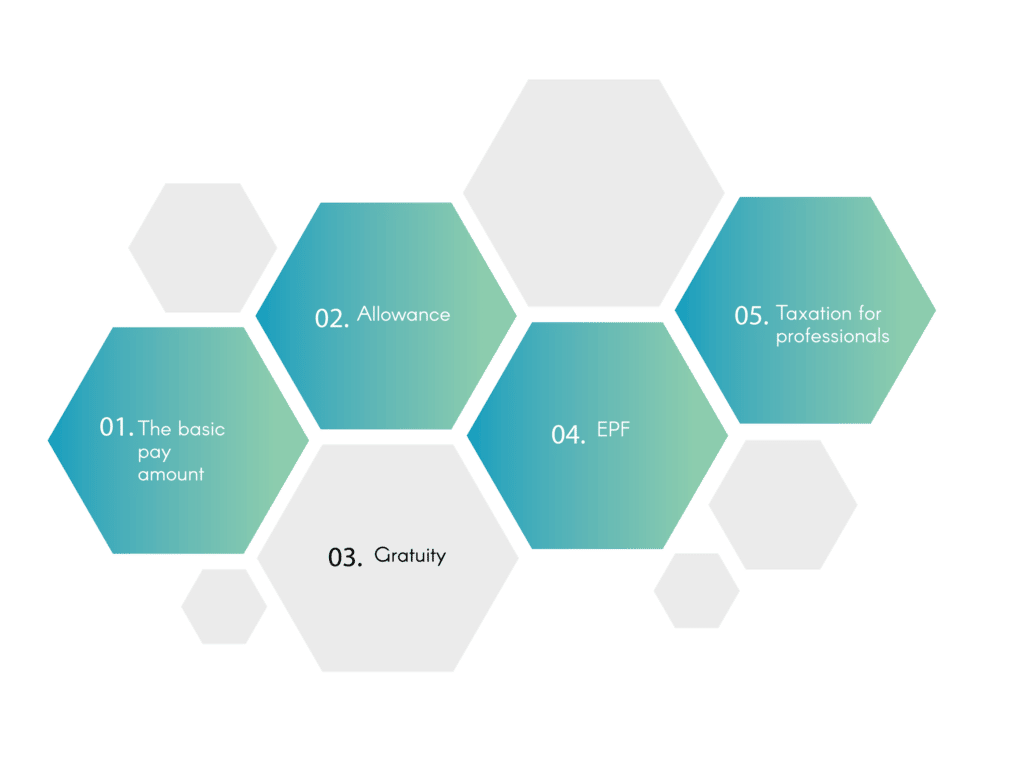
Do Single Employees Need Payroll Software?
Payroll law requires companies to integrate payroll software, even if they only have one employee. It helps in calculating tax liabilities and provides additional benefits. Small businesses often arrange outsourcing arrangements in which they rely on temporary workers. These contracting companies also manage employee payroll for you, so you don’t have to focus on complicated paperwork when starting your business.
The main disadvantage of this method is that it adds 15% of your salary expenses to your financial budget. As a result, it is important to have an accounting department equipped with software that allows your company’s executive committee to receive accurate and timely reports. The process is straightforward and does not require a prior understanding of the legal procedure to start this path.
Payroll Cycle
In India, we have a monthly payroll filing system, with special emphasis on the 28th or subsequent days of the month. Thirteen months are mandatory in India. It is the percentage or part of the annual salary borrowed within 8 months, calculated at the end of that financial year.
How Does Payroll Calculation Take Place In India
In India, the accounting department employs an ongoing formula for evaluating the payment amount. We’ll jot down that formula for you, but before we do that, let’s understand two essential notions:
- Gross salary/gross income This includes all benefits, allowances, and one-time payments, in addition to the salary.
- Gross deductions: The three kinds of deductions like regular deductions, statutory deductions, and one-time deductions are covered within this limitation.
The ultimate goal is to determine net pay. Net pay is the total amount that a company owes its employees for the service offered. The equation of net pay is:
Net pay = gross salary – gross deduction
Establishing Employee Payroll in India
Understanding the payroll setup process is necessary as the absence of sufficient infrastructure can leadan to improper payment, tax evasion, and the inability to secure the necessary company details that are case-sensitive. We’ve provided the complete guideline on how to begin the process of payroll for employees in India:
- Appeal for tax deduction: This Indian Income Tax division allocates an account number with 10 digits to your company, often known as”the tax deduct account” number. The company must first follow the procedure offline or online for the TAN or the authority in order to take tax deducts at the source.
In the next stage, the hiring manager records all important information about his company’s current employees. The data is then given to finance to allow pay distribution to go on efficiently. These include the full names of employees, their PAN number Aadhar ID, residence address, and contact information, ESI and PF details and declaration form 12B etc.
- Classify workers: Grouping staff into distinct categories is vital, like permanent workers or freelancers, part-time professionals, or employees who work on an hourly basis. This classification is the way you define tax deductions for different types of employees. Employers should also provide the employee’s tax bracket as well as pay grade.
- Calculate the structure of pay: The cost of each professional to the business or CTC must be calculated after the planning is confirmed when establishing the employee’s pay. When deciding on the structure of pay the elements like allowances coupons, health benefits, such as health benefits. must be taken into consideration. Furthermore, the organization has the power to take 12percent of an employee’s base pay when their income in a month is greater than 10,000 rupees. The amount deducted is allotted to the employee’s PF account.
- Choose an ERP program: This is essential to remove unnecessary burdens from the shoulders of HR professionals. Many digital platforms deal with employee payroll adhering to all local and national laws once the manufacturer-specific designs them to an industry model.
- Note TDS filing dates. TDS deadlines: Tax-oriented dates should be properly recorded in calendars , regardless of whether the payroll systems of employees handle every minute specific. This will allow you to avoid having to pay unnecessary fees.
Payroll Contributions
In India both employees and employers contribute on the payroll tax. The contributions of both parties are discussed below:
● Contributions to payroll of employees
| Tax rate | In the income Band (annual turnover) |
|---|---|
| 0% | Rs0 - Rs2,50,000 |
| 5% | Rs2,50,001 - Rs5,00,000 |
| 10% | Rs5,00,001 - Rs7,50,000 |
| 15% | Rs7,50,001 - Rs10,00,000 |
| 20% | Rs10,00,001 - Rs12,50,000 |
| 25% | Rs12,50,001 - Rs15,00,000 |
| 30% | Above Rs15,00,001 |
● Contribution to payroll of the employer
| Tax rate | Contributions from employers |
|---|---|
| 4.75% | ESI often referred to by the name of Employee's State Insurance This is a completely inclusive component once the organization employs more than ten people. |
| 12% | EPF (Provident Fund ) for Employees) along with PFS (employees pension plan for employees). They are mandatory if the firms have employed more than 20 specialists and pay the minimum monthly wage of Rs 15,000. |
| Aggregate (16.75%) | Total employment cost |
Crucial Elements of Salary Structure in India

- The basic pay amount: This sum of money is equal to 35-50 percent of an employee’s daily salary. It is a specific amount that is distributed prior to any increments or deductions that result from bonuses, overtime payments allowances, bonuses, etc.
- allowance: Employees deserve allowances during their employment based on the policy of the organization. The income earned is either partially or entirely tax-deductible. There are various kinds of allowances like reimbursement for medical expenses, allowances for travel conveyance allowance, dearness allowance as well as house rent allowance, and so on.
- Gratuity: It is an amount of money that is provided by the firm to employees who leave the organization. Employees are eligible for gratuity after they’ve been with the company for at least five years.
- EPF: This can be the abbreviation that is used to refer to the Employee Provident Fund. Every employee and employer contributes every month to this fund, which eventually becomes a benefits program. The employees’ net earnings are automatically credited account that is administered by the EPFO. EPFO.
- Taxation for professionals: Professionals such as chartered accountants and lawyers doctors and so on. They are known as professional salaried professionalize levy on their earnings is referred to as a professional tax. The calculation of professional tax is based on the state’s policies. A maximum of Rs2500 could be removed in a calendar year for professional taxes.
Conclusion
Payroll processing falls under the category of business-oriented management functions. Several factors should be considered while preparing employee salaries including the deduction of domestic salary allowance and other needs and requirements. Payroll software allows you to calculate net profit after deducting all possible taxes. As a result, they are an essential part of modern business solutions.
If you still have any questions or any other questions regarding payroll software. We are Odint Consultancy. We are here to assets you in any way.
FAQ’s
The dynamic formula creator utility calculates the complicated or common payout structure based on the criteria and conditions easily.
‘n’ number of companies and employee’s data can be created because the limit to maintain and create the number of businesses and employees is unlimitable in this program.
Yes, for security reasons, the crucial data is scheduled and will be accessible by the admin department or staff and this user can create various user IDs that have a distinct right to log in.
Yes, an Automatic Tax calculation facility is provided in this program.
Yeah, the option to create a TDS challan and file a TDS quarterly report can be accessed in a single click using the software.

